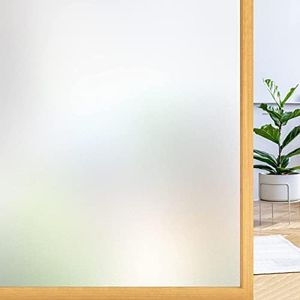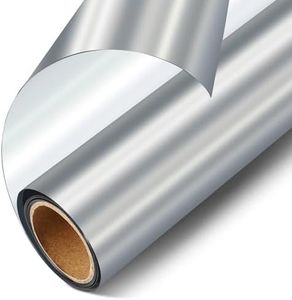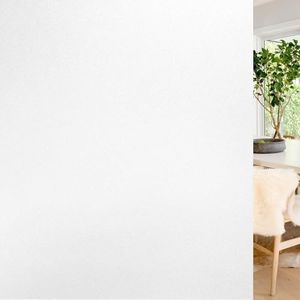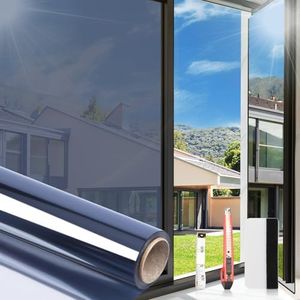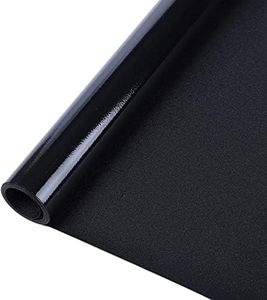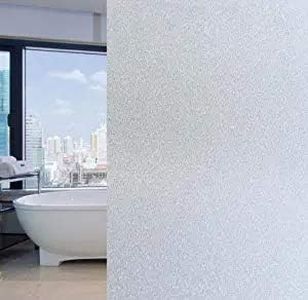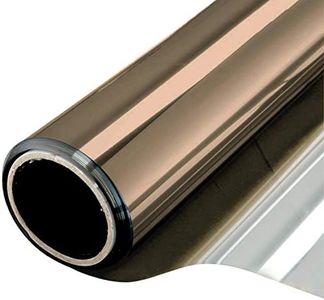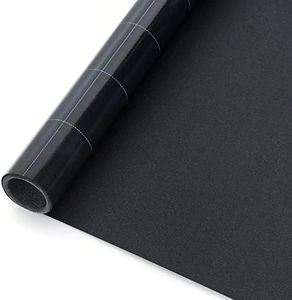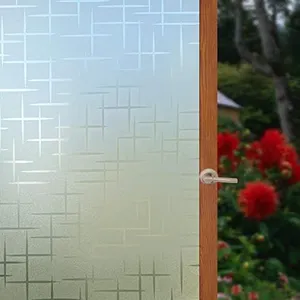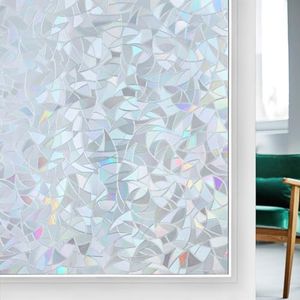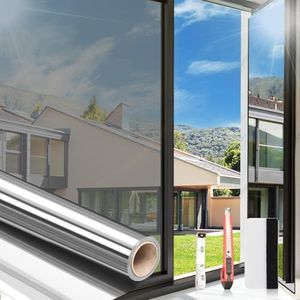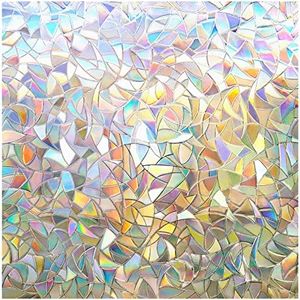We Use CookiesWe use cookies to enhance the security, performance,
functionality and for analytical and promotional activities. By continuing to browse this site you
are agreeing to our privacy policy
10 Best Window Film For Homes
From leading brands and best sellers available on the web.Buying Guide for the Best Window Film For Homes
Choosing the right window film for your home is important for both comfort and energy efficiency. Window films can help reduce heat, increase privacy, protect against UV rays, and sometimes even add a decorative touch to your living space. Before buying, think about your main goals—do you want more privacy, better temperature control, UV protection, or decorative enhancements? Evaluating the key features and understanding what matters most for your home will help you make the best choice.UV ProtectionUV protection refers to the film's ability to block harmful ultraviolet rays from passing through your windows. This is important because UV rays can fade furniture, flooring, and artwork, and prolonged exposure can even be harmful to your skin. Window films range from basic films that block some UV rays to advanced ones that filter out nearly 99% of them. If you want to prevent fading and protect your home's interiors, look for higher UV protection. This is especially important for rooms with lots of sunlight or expensive furnishings.
Privacy LevelPrivacy level describes how much a window film blocks visibility from the outside. Options range from clear films, which are nearly invisible, to frosted or reflective films that provide substantial privacy. Lower privacy films are suited for rooms where you want to maintain a view, such as living rooms, while higher privacy films work well in bathrooms or bedrooms. Consider your need for privacy versus your desire for natural light when selecting a level.
Light TransmissionLight transmission is the percentage of natural sunlight that can pass through the film and into your room. Films with higher light transmission let in more light and are ideal for spaces you want to keep bright, like kitchens. Lower light transmission films make rooms feel dimmer but help reduce glare and make spaces cooler. Choose the level that balances your need for daylight with your desire to reduce glare and improve comfort.
Heat RejectionHeat rejection measures how well a film blocks solar heat from entering through the window, helping to keep your home cooler. This feature is especially important in warm climates or in rooms that get a lot of direct sun. Some films focus more on blocking heat, while others are more decorative with less emphasis on temperature control. Decide how much you want to lower your cooling needs—higher heat rejection is better for hot, sunny areas.
Appearance/ColorWindow films come in a range of colors and appearances, from clear and nearly invisible to tinted, mirrored, or frosted designs. This impacts both aesthetics and function. For a subtle look that doesn’t alter your home’s appearance, choose clear or lightly tinted films. If you want to add a modern or decorative touch, frosted or patterned films are great. Reflective or mirrored films can help increase privacy. Pick a style that matches your home’s design and your tastes.
Installation MethodSome window films are static cling (non-adhesive) and easy to install or remove yourself, while others use adhesives and may be more permanent, often requiring professional installation for best results. Static cling films are good for renters or those who like to change designs often, while adhesive films offer durability and longevity. Consider how comfortable you are with DIY projects and how long you want the film to last when deciding on the installation type.
